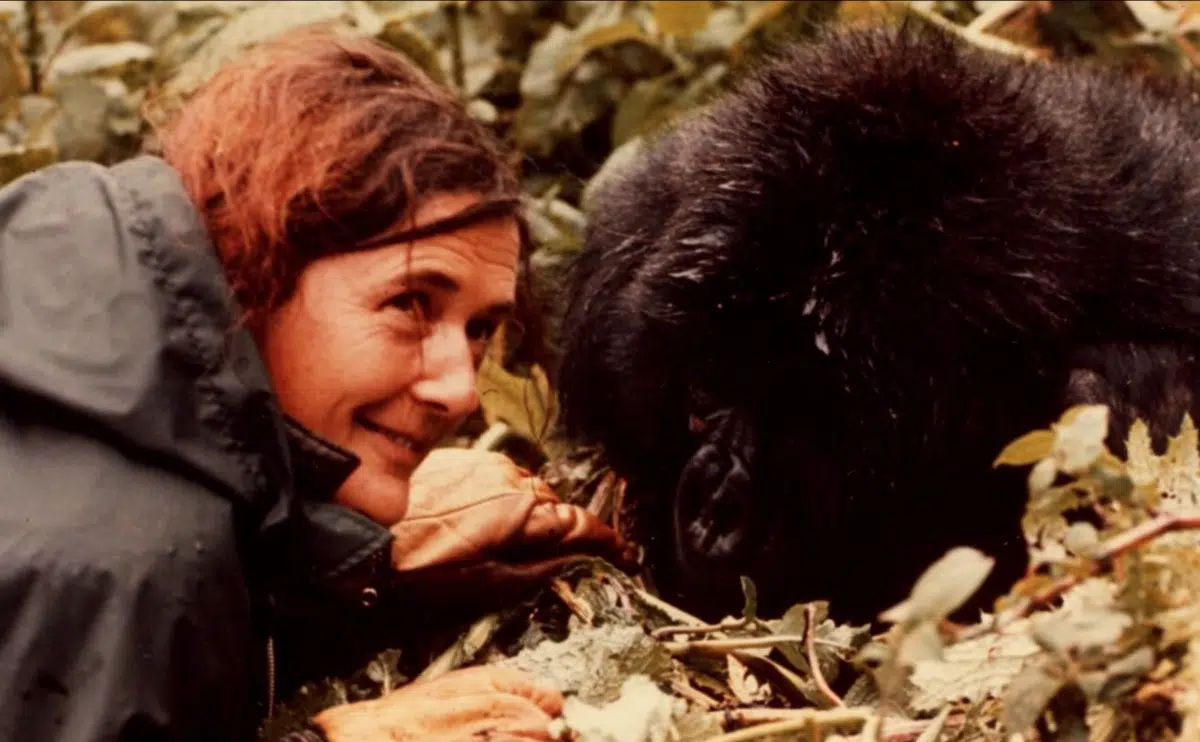In the dense forests of the Virunga Mountains in East Africa, a pioneering figure emerged in the 1960s, dedicated to unraveling the mysteries of mountain gorillas. Dian Fossey (January 16, 1932 – December 26, 1985), an American primatologist and conservationist, not only studied these magnificent creatures but also became a fervent advocate for their protection. Today, the Dian Fossey Gorilla Fund stands as a testament to her enduring legacy, continuing her groundbreaking work in gorilla research and conservation.
Establishment of the Dian Fossey Gorilla Fund
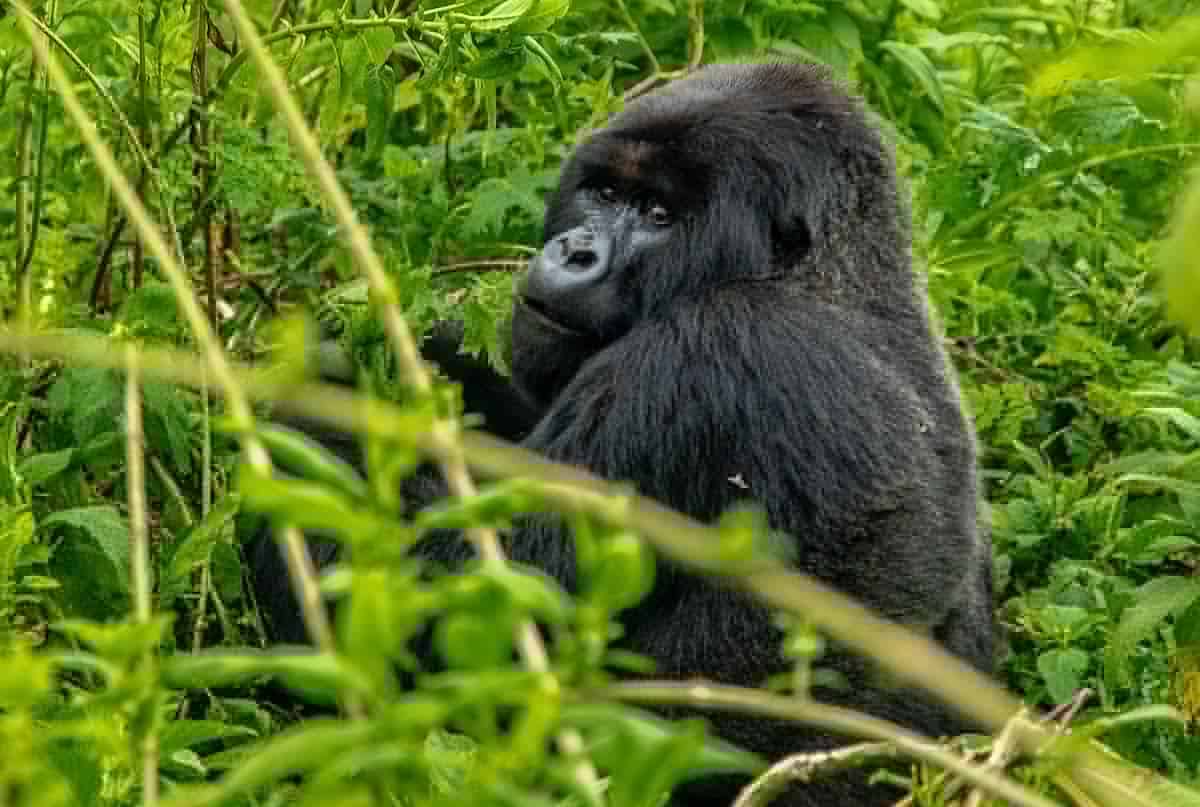
Dian Fossey’s commitment to gorilla conservation prompted her to establish the Karisoke Research Center in Rwanda in 1967, where she conducted extensive studies on mountain gorillas. Following her tragic death in 1985, the Dian Fossey Gorilla Fund International was founded to carry forward her mission. The organization, dedicated to the protection and study of gorillas, has since played a pivotal role in ensuring the survival of these endangered primates.
Research and Conservation Efforts
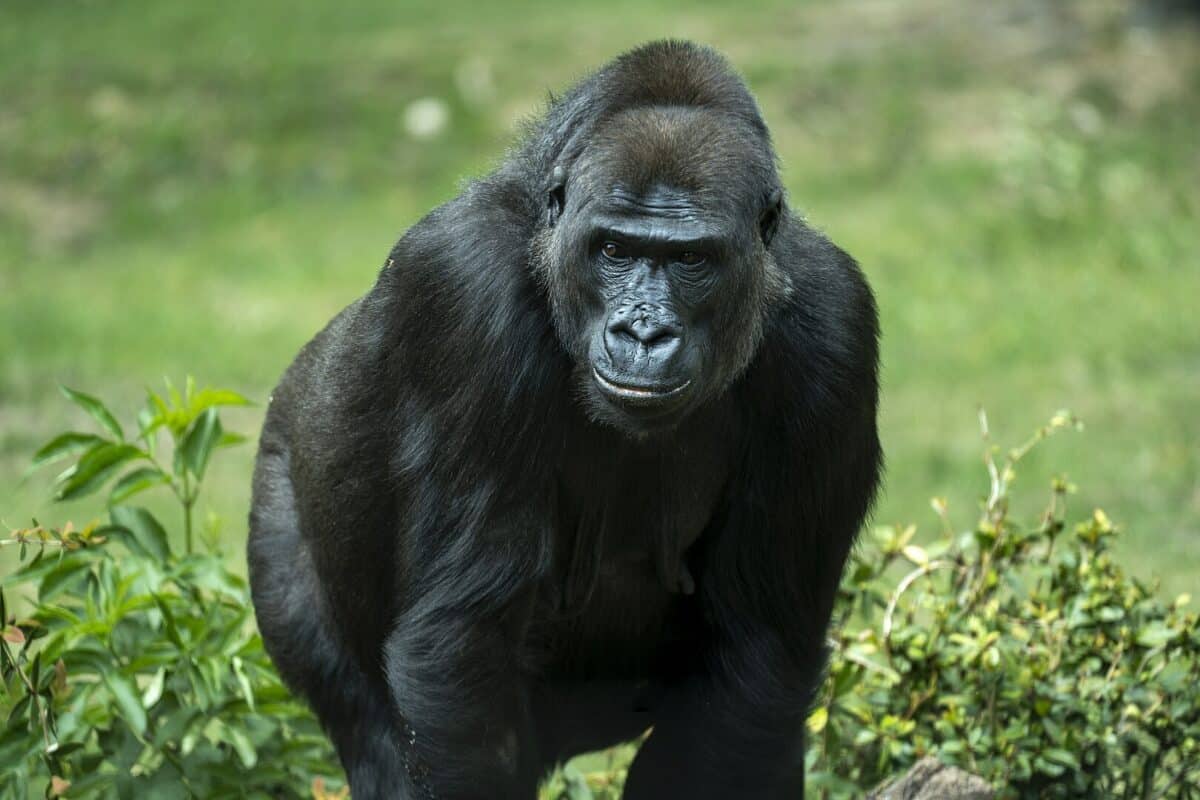
At the heart of the Dian Fossey Gorilla Fund’s activities is its ongoing research to understand the behavior, ecology, and social dynamics of mountain gorillas. The organization employs a multidisciplinary approach, combining field research, community engagement, and education to address the complex challenges facing gorilla populations.
Field researchers at the Karisoke Research Center conduct long-term studies, monitoring individual gorillas and their groups. This research provides valuable insights into gorilla social structures, communication, and interactions with their environment. The data collected aids in developing effective conservation strategies and informs policies aimed at protecting gorilla habitats.
Anti-Poaching and Habitat Conservation
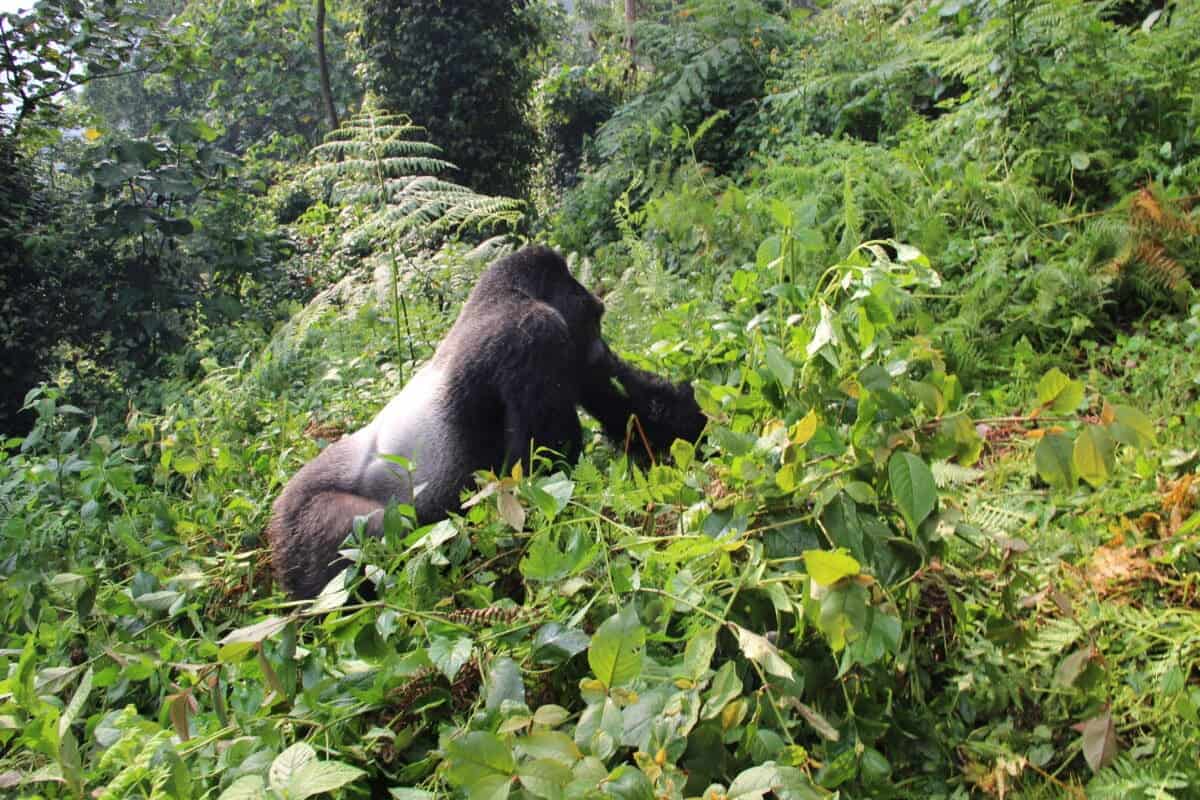
One of the primary threats to mountain gorillas is poaching, driven by the illegal wildlife trade. The Dian Fossey Gorilla Fund actively engages in anti-poaching efforts to safeguard gorillas from harm. This includes training and deploying patrols to monitor protected areas, collaborating with law enforcement agencies, and implementing community-based initiatives to reduce poaching pressures.
In addition to anti-poaching measures, the organization is deeply involved in habitat conservation. Gorilla habitats face encroachment from agriculture, logging, and other human activities. The Dian Fossey Gorilla Fund works with local communities to promote sustainable land use practices, ensuring a balance between human needs and the preservation of critical gorilla habitats.
Community Engagement and Education
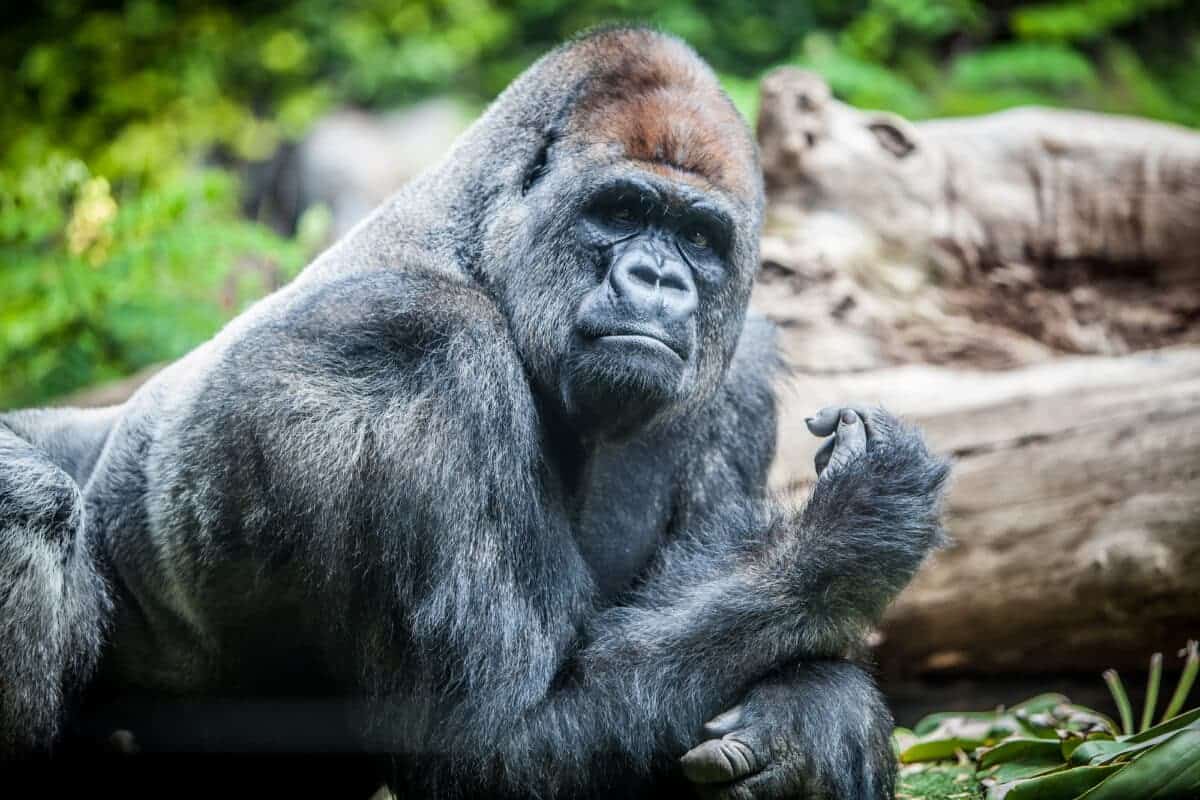
Recognizing the importance of local communities in gorilla conservation, the Dian Fossey Gorilla Fund actively engages with them. Community development programs aim to improve livelihoods and promote sustainable practices, fostering a sense of coexistence between people and gorillas. Education initiatives further raise awareness about the importance of conservation, inspiring the next generation to become stewards of the environment.
International Collaboration
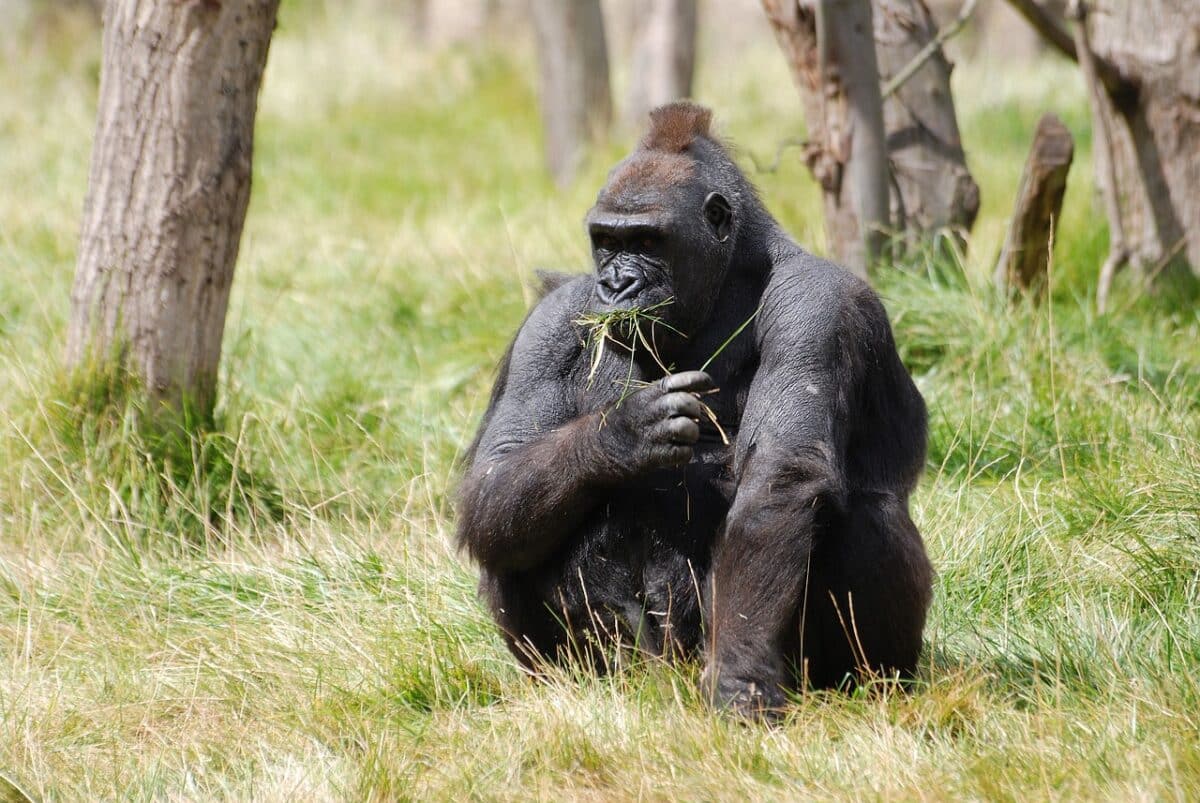
The Dian Fossey Gorilla Fund collaborates with governmental and non-governmental organizations, researchers, and conservationists on a global scale. By fostering partnerships and sharing knowledge, the organization contributes to a unified effort to protect not only mountain gorillas but also their ecosystems and the biodiversity they support.
Facts About Gorillas
Species Diversity

Gorillas are divided into two main species – the Eastern Gorilla (Gorilla beringei) and the Western Gorilla (Gorilla gorilla). Each species further consists of two subspecies: the Eastern Gorilla includes the Mountain Gorilla and the Eastern Lowland Gorilla, while the Western Gorilla comprises the Western Lowland Gorilla and the Cross River Gorilla.
Social Structure
Gorillas are highly social animals, living in groups called troops or bands. The groups are led by a dominant male known as the silverback, named for the distinctive silver-colored hair on their backs. The silverback is responsible for protecting the group and making decisions.
Habitat and Range
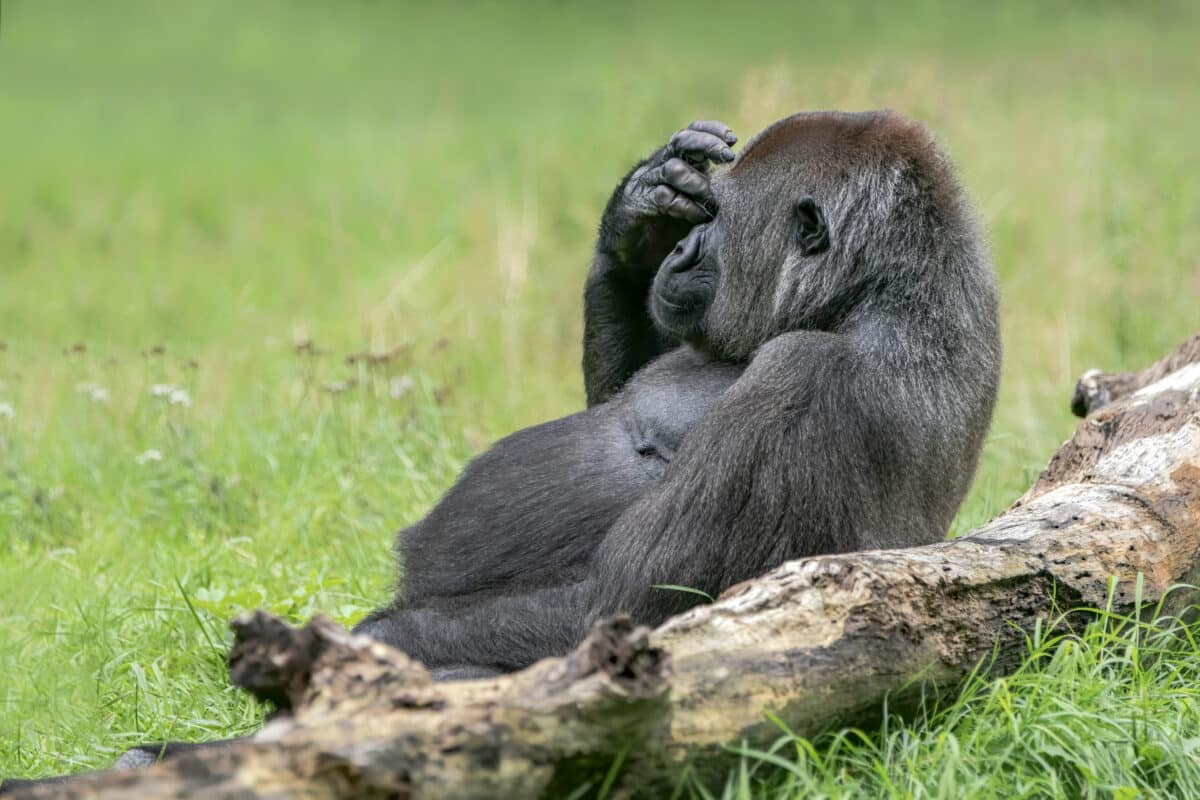
Gorillas primarily inhabit dense forests and lowland swamps in Central and West Africa. They are found in a range of ecosystems, from montane and bamboo forests to lowland tropical forests. The specific habitat depends on the gorilla species.
Diet
Gorillas are primarily herbivores, with their diet consisting mainly of fruits, leaves, shoots, and stems. Despite their large size and intimidating appearance, gorillas are gentle creatures and are not natural predators.
Communication

Gorillas communicate using a variety of vocalizations, body postures, and facial expressions. The most iconic vocalization is the chest-beating display, which can serve as a warning or a means of communication within the group.
Endangered Status
All gorilla species are classified as endangered or critically endangered due to habitat loss, poaching, and diseases. Conservation efforts, such as those led by organizations like the Dian Fossey Gorilla Fund, aim to protect these magnificent creatures and their habitats.
Tool Usage
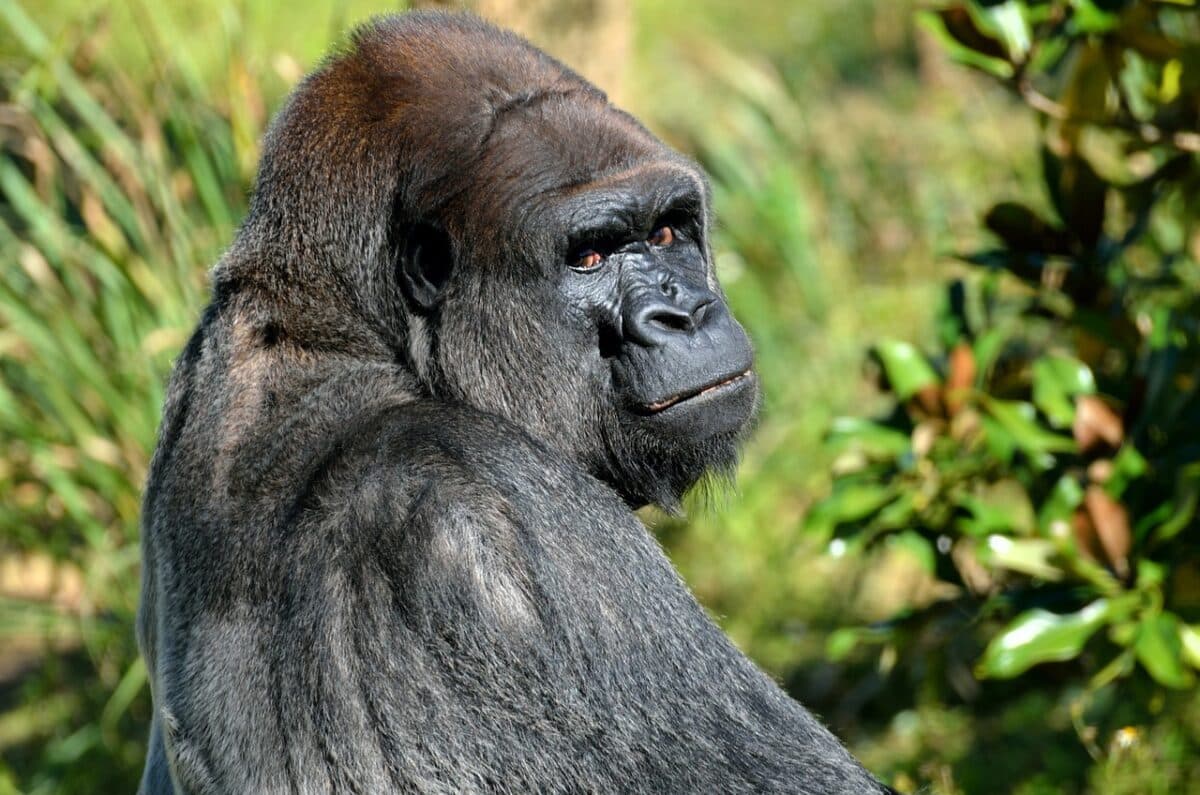
Gorillas are known to use tools, albeit in a limited manner. They have been observed using sticks to measure the depth of water or as supports while crossing swampy areas. This behavior showcases their intelligence and problem-solving abilities.
Family Bonds
Gorillas have strong family bonds. Young gorillas, called infants, are cared for by their mothers and the group as a whole. The silverback plays a crucial role in protecting the group and ensuring the well-being of the younger members.
Physical Characteristics
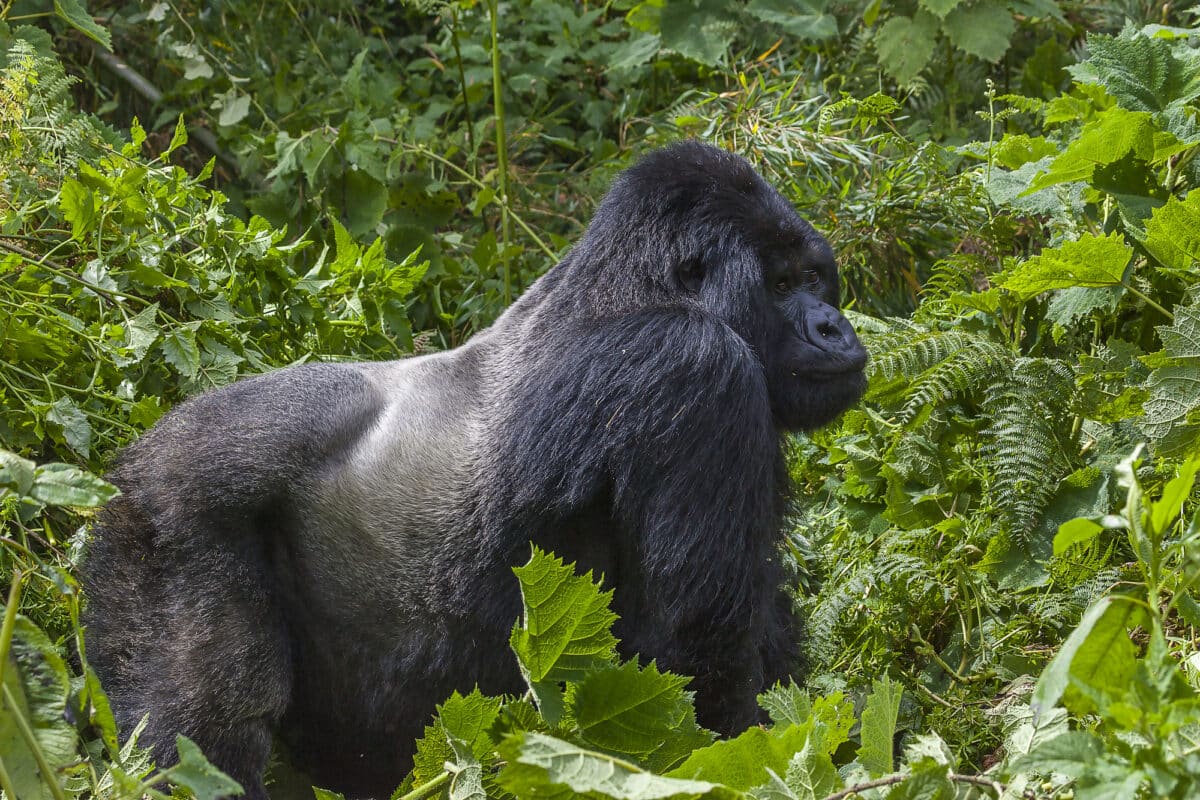
Gorillas are the largest primates, with adult males weighing between 300 and 400 pounds (136 to 181 kilograms) or even more. They have a robust build, long arms, and a broad chest. Their DNA is highly similar to that of humans, emphasizing our shared evolutionary history.
Threats and Conservation
Gorillas face numerous threats, including habitat destruction, poaching, and diseases. Conservation efforts focus on protecting their habitats, preventing illegal wildlife trade, and raising awareness to secure a sustainable future for these incredible creatures.
Conclusion
Overall, the Dian Fossey Gorilla Fund stands as a living tribute to the remarkable legacy of Dian Fossey. Additionally, its unwavering commitment to gorilla research and conservation reflects the enduring impact of Fossey’s pioneering work. As the organization continues to evolve and face new challenges, it remains a beacon of hope for the survival of mountain gorillas and a model for effective wildlife conservation worldwide. Through research, advocacy, and community engagement, the Dian Fossey Gorilla Fund ensures that the echoes of Fossey’s passion resonate in the forests that were once her laboratory, securing a future where gorillas thrive in their natural habitats.
Thanks for reading along, for more, check out our related article links below!
Next up:
Join our Forum for free today!

- Huge Pet Bison Breaks Into House - July 22, 2024
- Giant Black Bear Surprises Beachgoers by Emerging from the Ocean in Florida - July 22, 2024
- Brave Man Plays Instrument While Huge Bear Caresses His Shoulder - July 22, 2024

